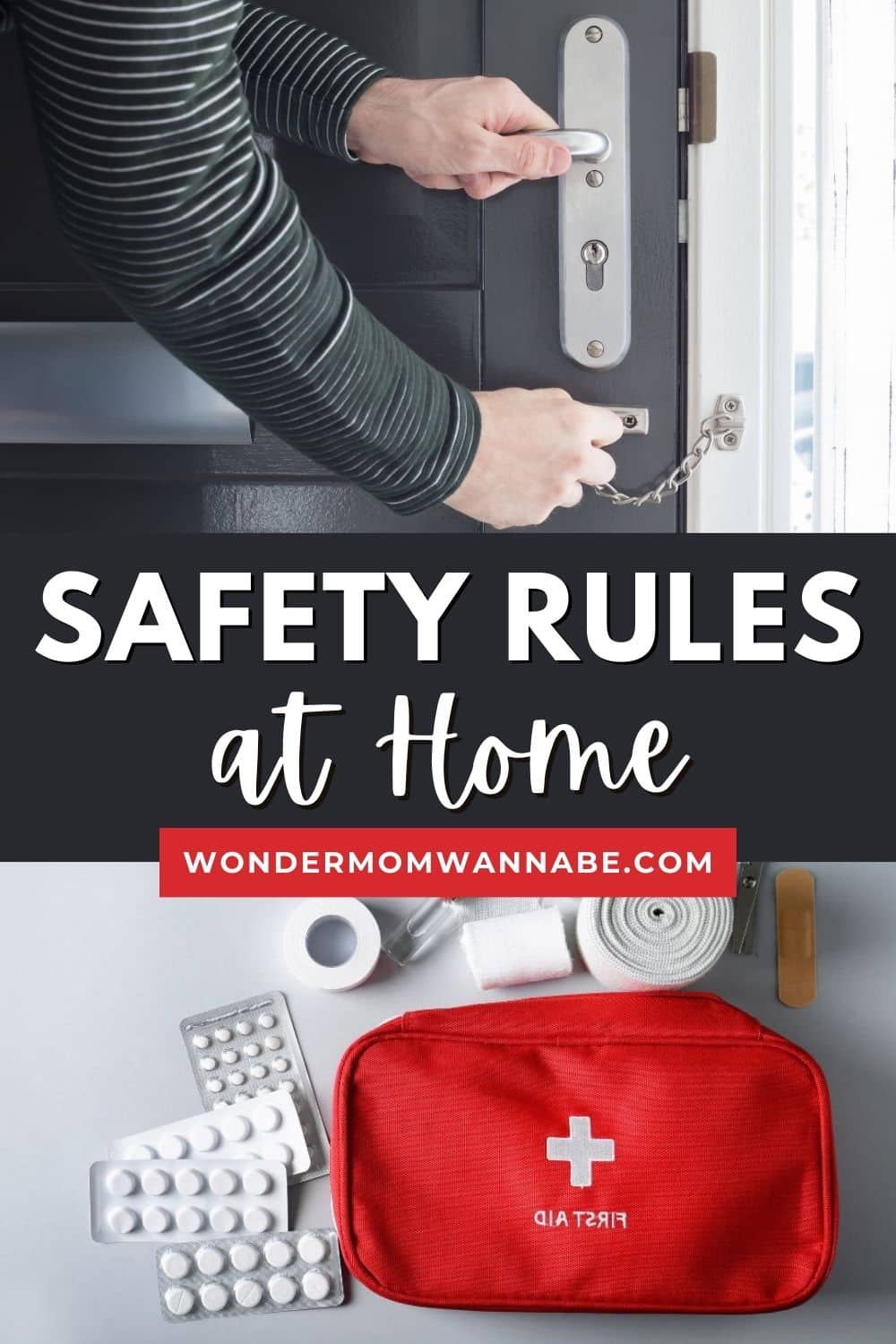Awareness of these safety rules at home is very important for the whole family, your children especially.
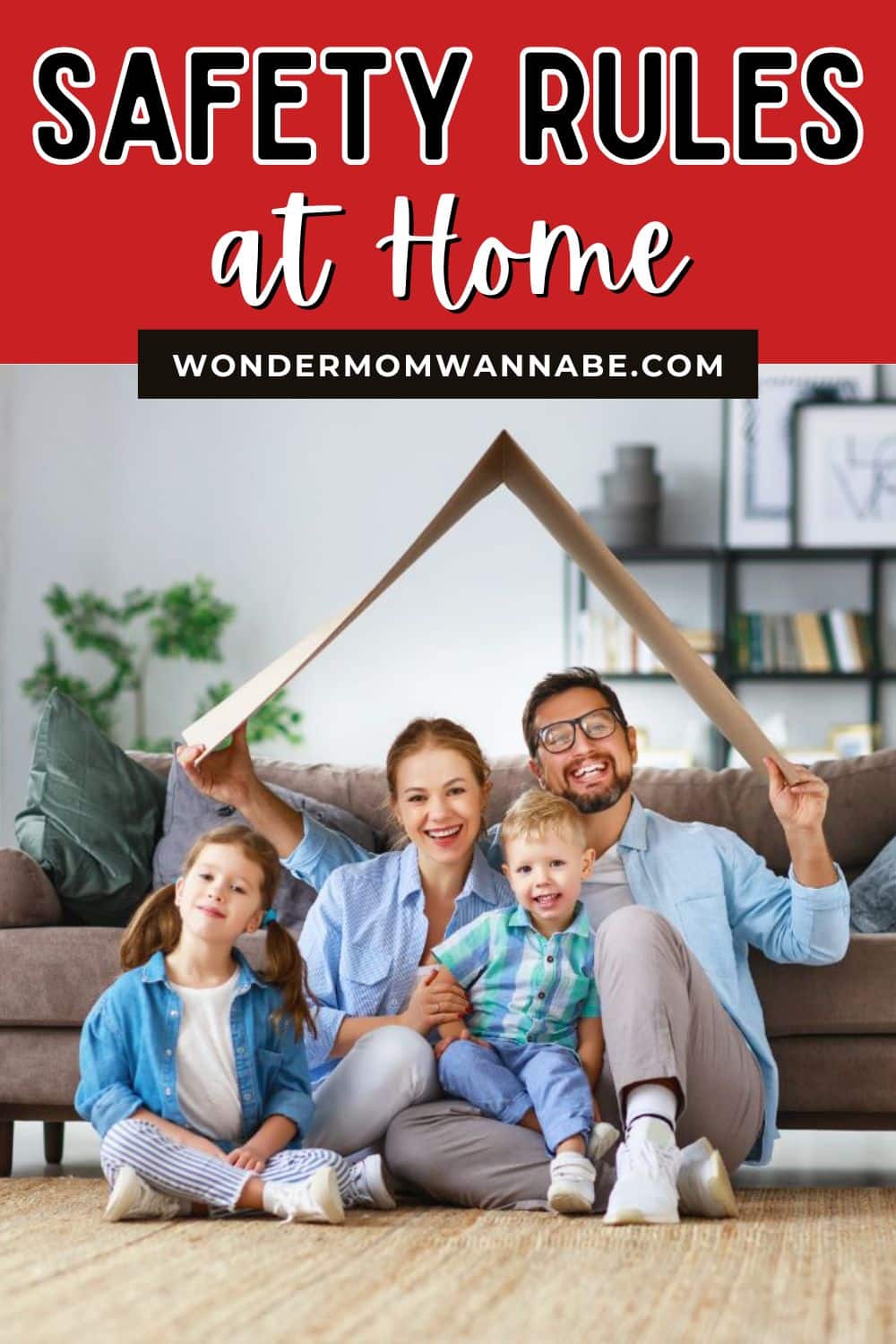
Our homes are perhaps one of the best places in the world to be in. After all, we consider it a haven of peace and comfort for the entire family!
That’s why all family members should keep it as safe as possible. And, while home security is primarily the parents’ responsibility, children must also play their part in making their home a safe place.
From preventing common accidents to addressing potential hazards, check out our list of home safety rules that will help create a space that fosters not only comfort but also peace of mind.
Jump to:
Why Is It Important to Teach Your Child Home Safety Tips?
As adults, we already understand how dangerous the world is. We’re also aware that we need to be careful to avoid exposing ourselves to harmful risks and accidents.
Unfortunately, your kids, especially the younger ones, don’t have this knowledge yet. For example, children ages 2 to 4 don’t yet understand the concept of danger, making them susceptible to accidents like falls, burns, poisons, and drowning whenever they’re curiously exploring the house.
Meanwhile, a study conducted to learn more about children’s concept of danger found that kids between 4 and 8 years old already understand danger. Fortunately, this rudimentary knowledge improves as children age and experience new things.
That’s why teaching children about safety at home is crucial. As much as we want to, we cannot be around our kids 24/7 – especially when they grow up.
By teaching them these basic safety measures, we don’t have to constantly monitor their activities to ensure they’re free from danger, which can be exhausting for parents and make children feel too confined.
Moreover, these home safety tips aren’t something they’re bound to outgrow. They will use these tips well into adulthood and pass them on to their own kids when the time comes.
12 Most Important Safety Measures at Home
Home security should be everyone’s priority. Here are 12 safety precautions that you can start teaching your children.
1. Clear the Floor
When kids leave things, such as toys, books or even dirty clothes, unattended on the floor, anyone can accidentally trip on them. This might lead to injuries, especially if you’re living with frail family members like grandparents or toddlers.
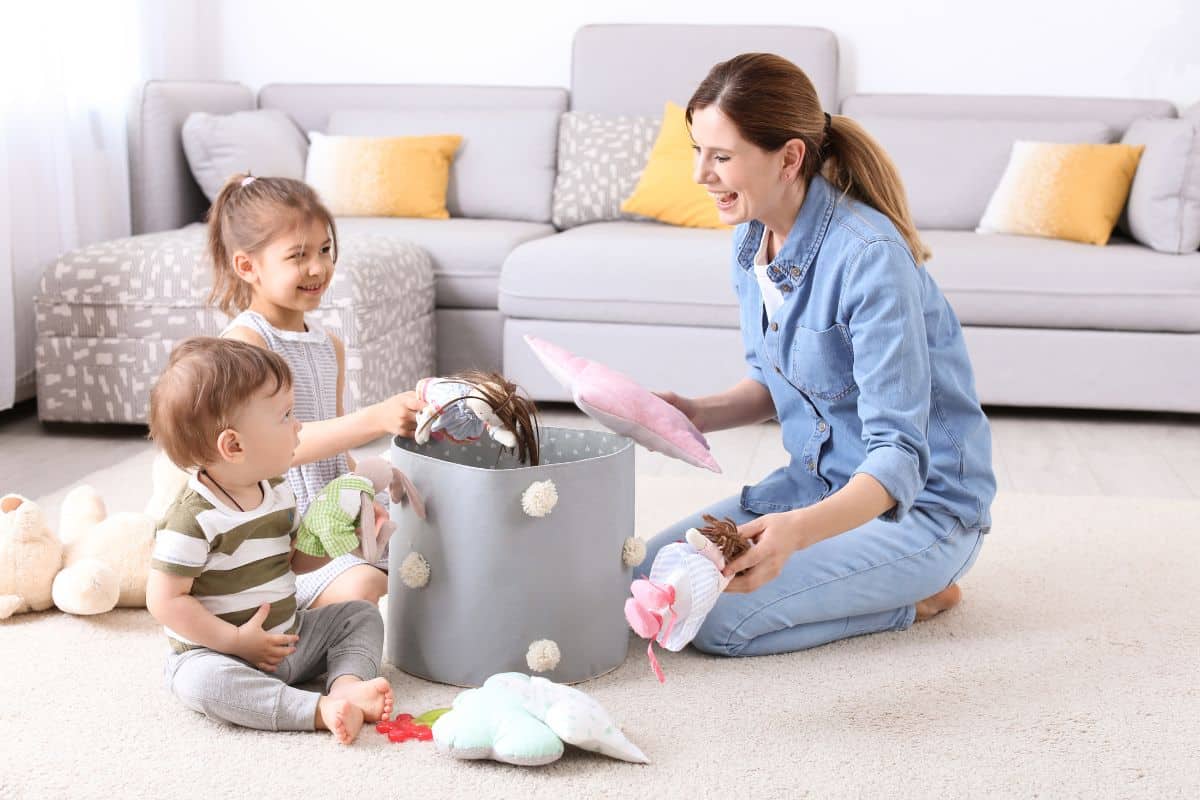
Parents need to teach children to tidy up and put any used toys or books back where they belong. Not only will this make the bedroom less cluttered, but it will also teach children about responsibility and taking care of their own space.
2. Keep the Floor Dry
This is especially true for bathrooms. After taking a bath or showering, sometimes we might leave the floor with small puddles of water once we’ve stepped out.
Unfortunately, slipping in bathrooms may cause serious harm, like head injuries, broken bones, and sprains. This can even apply to any part of the house with floors that can get wet or spilled on.
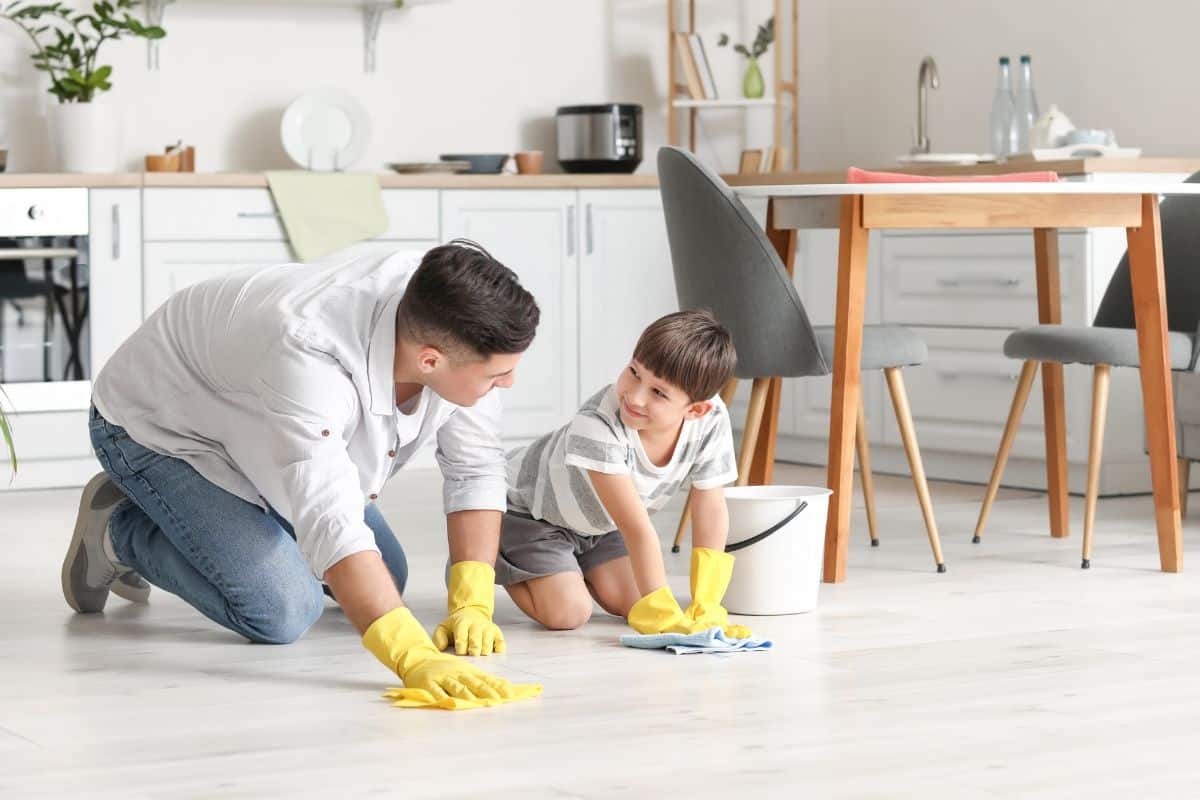
Make sure that your kids are well aware of the dangers of a wet floor. Better yet, teach them how to clean up after a spill – especially if the kids are old enough.
3. Lock Medicine Cabinets
Medicines are life-saving items that you may have around the house. However, they should be handled carefully, considering the dangers taking them may pose, especially to your kids.
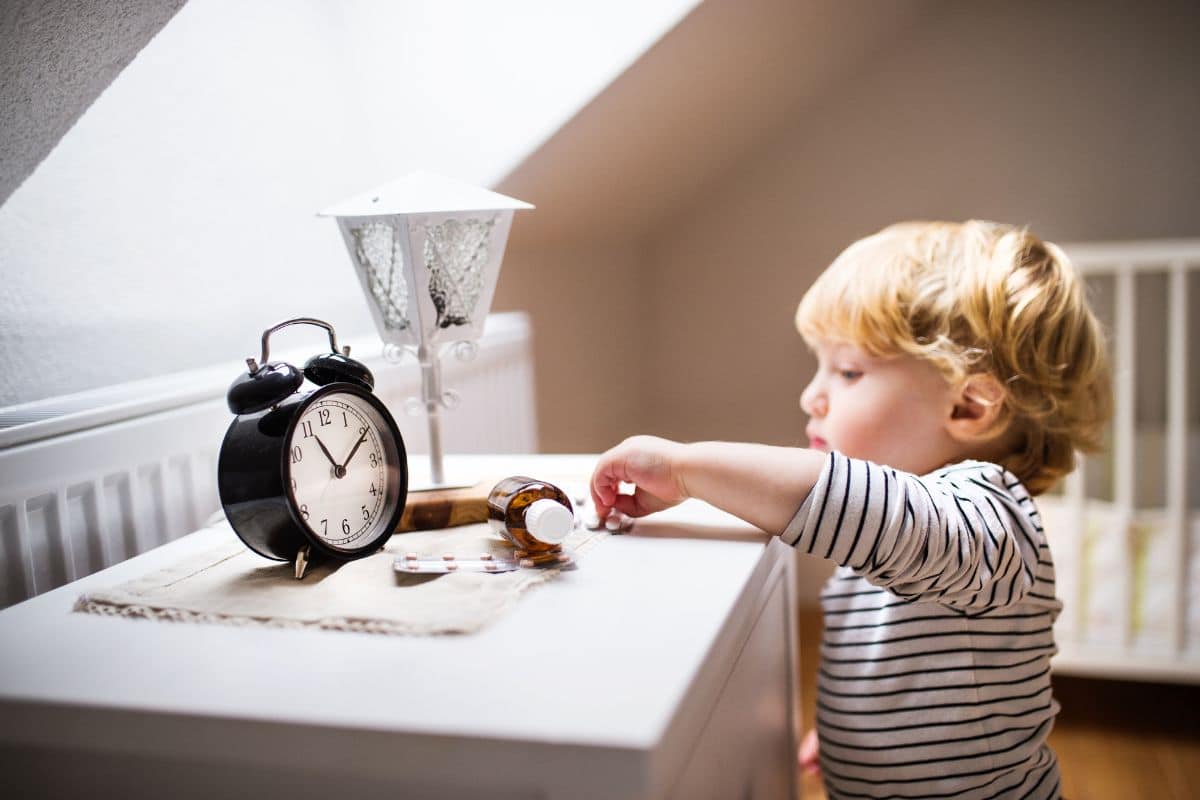
Children are curious, and this curiosity can sometimes get them in trouble. According to the Centers for Disease Control and Prevention, thousands of children end up in emergency rooms each year because they get into medicines while their parents or adults aren’t looking.
Of course, parents should do their part, too, by never leaving any unattended medicine lying around and keeping them all locked inside the medicine cabinet at all times.
4. Eat Slow
While we consider food something that should be savored and enjoyed, it can sometimes pose a danger when you least expect it.
Choking is a very real, very dangerous situation that can happen while you’re eating. This happens when food gets stuck in the throat, which can prevent oxygen from traveling to both the lungs and the brain, causing serious injuries and even death.

In fact, in the U.S. alone, there are 12,000 children who go to the hospital emergency room every year due to food-choking injuries.
One of the ways to prevent this is by teaching kids never to hurry when it comes to chewing their food. They should focus on eating slowly and not talk or laugh while their mouth is full.
5. Be Careful with Electrical Equipment
Curiosity should be encouraged in children, but mixing it with electricity is a big no-no. Getting electrocuted poses a real threat to your kids’ safety.
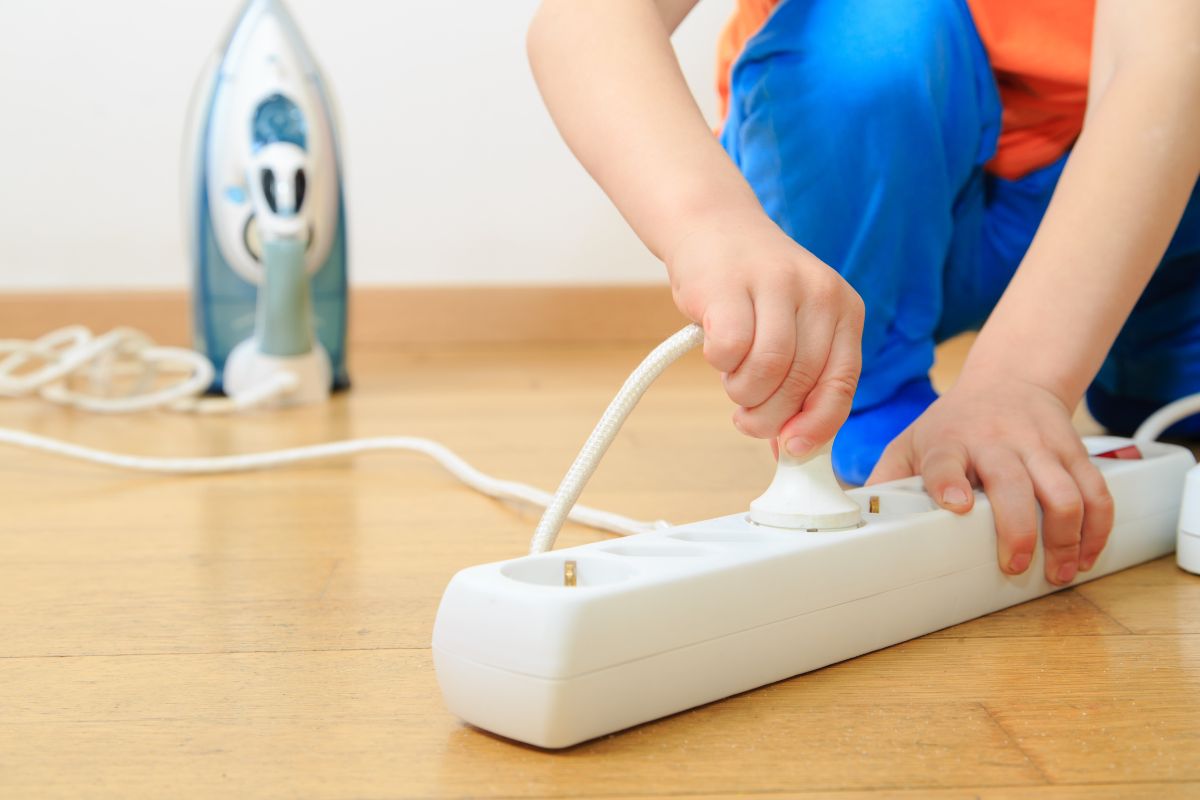
As much as possible, teach kids about the dangers of plugging things into electric sockets and handling electrical equipment with wet hands.
Also, encourage your young ones to approach you or other adults for help if they need to use any unplugged electrical gadget indoors.
6. No Climbing on Furniture
When you have younger children at home, you know they like climbing and jumping on furniture. While you know they’re having a ton of fun, this might also lead to accidents.
Make it a house rule that no one can jump on beds and sofas or climb over tables and shelves. Encourage them to ask you or any adult for help if they need something they can’t reach.
If they’re full of relentless energy, you can encourage them to play these fun games with you instead of climbing over furniture!
7. Don’t Open the Door Alone
Unfortunately, not everyone ringing the doorbell may be friendly or have good intentions. Children opening doors by themselves may run the risk of getting kidnapped, hurt, or worse.
Thus, if your kids see a person by the door, one safety rule at home to teach them is to alert their parents or guardians instead of opening the door alone. Better to let the stranger wait than risk endangering your child.
8. Lock All Doors and Windows
This is somewhat related to kids not opening their door to strangers. By always keeping the doors and windows locked, you’ll feel safer knowing that potential intruders will find it hard to break into your house without much effort.
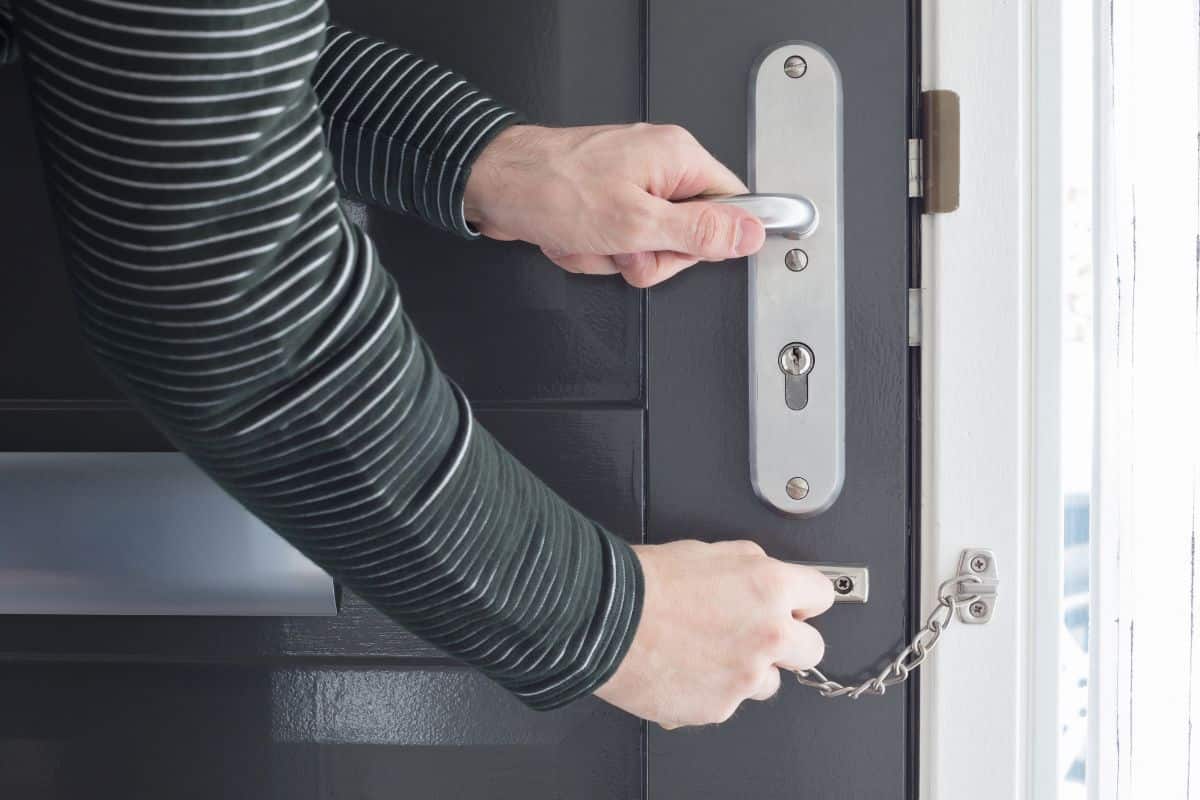
Teach your children to close and lock the door behind them when they come home from school or if they’re the last in the family to use the door after coming home. Ensure they know how to lock the windows at night in their room.
9. Never Give Personal Information Online
Being safe online is something parents can help their kids with!
The Internet can be very useful and exciting for kids, but it has dangers lurking on it, too. Teach your kids that they shouldn’t give any information about themselves to anyone on the internet — even their online friends.
Teach the child never to share their real name, address, or age or give out pictures to anyone asking for them. Make them aware that doing so may lead to risky, even dangerous consequences not just for them but for the entire family.
10. No Playing with Fire
Teaching kids about fire safety is paramount, a hands-on, engaging approach works best. Start by explaining the basics of fire safety, emphasizing the importance of never playing with matches or lighters.
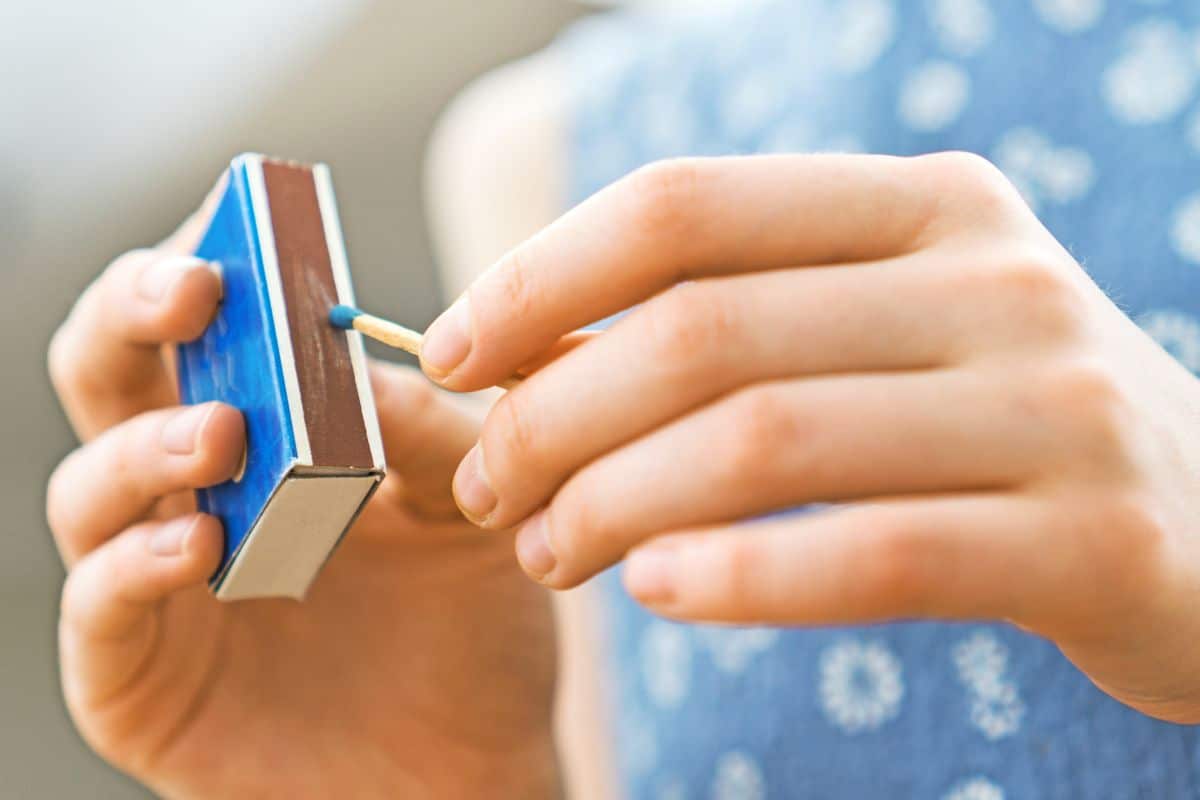
Introduce the concept of a designated meeting place outside the home in case of a fire, demonstrate how to crawl under smoke, and the proper use of fire extinguishers in an age-appropriate manner.
11. Learn First Aid
Kids as early as 6 years old can already undergo first aid training. In case of an emergency, every family member should at least know basic first aid skills.
Start by making a well-equipped first aid kit accessible in a designated, easily reachable area. Familiarize yourself and your family members with the kit’s contents and their uses.
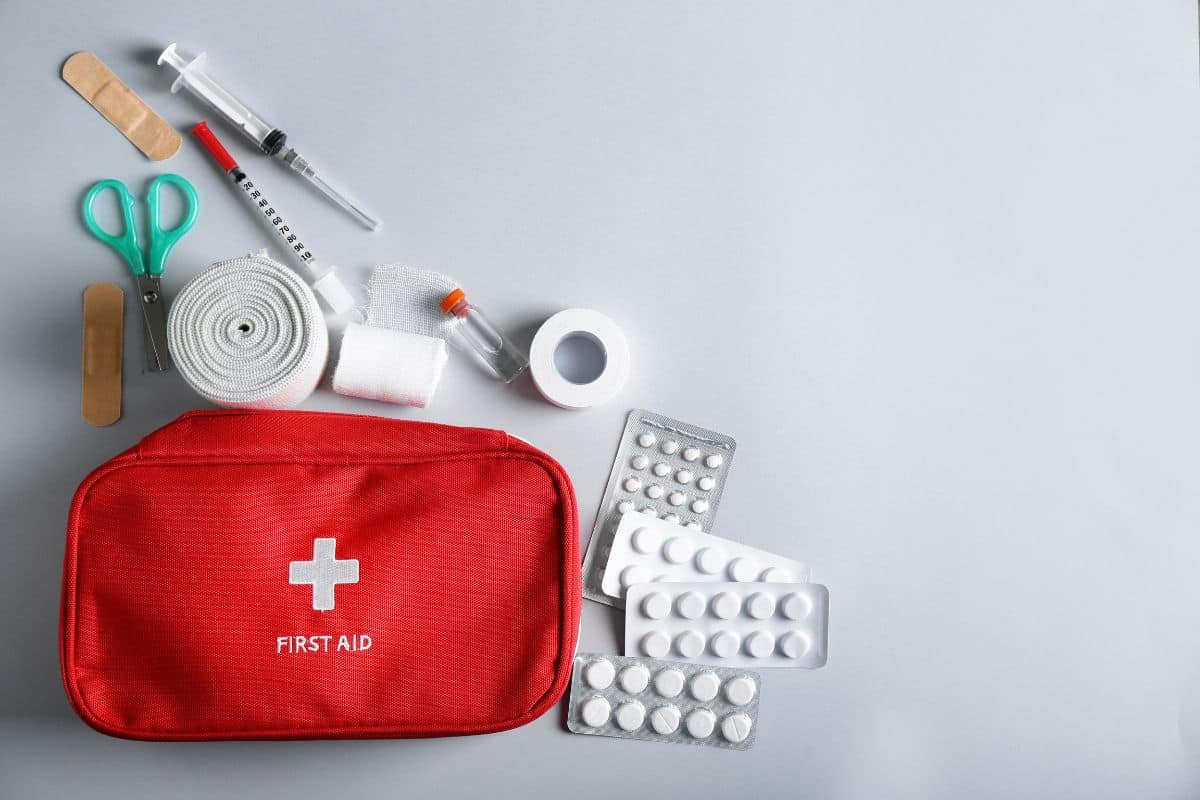
Basic first aid training, including CPR and wound care, can empower everyone in the household to respond effectively to accidents or injuries. The American Red Cross offers first-aid training courses to families.
12. Call for Help
An important safety precaution is ensuring that everyone in the family, even younger kids, knows how to use a phone and call for help in emergencies. Family members should not hesitate to call for help when needed.

Have a handy emergency contact list that even your young kids can easily access and use. They can include the numbers of your closest neighbor, family member, the police, the fire department, the family doctor, or the hospital.
Orient your children with the information that they need to give out, particularly their name and address. So, in an emergency, the kids will know the correct information that they can give the authorities, which may save a life.
Teach Your Kids These Valuable Safety Rules at Home
Home safety is a shared responsibility. While you may want to protect your kids at all times, they also have a role to play to help make your home safer.

Knowing these safety rules for kids will arm them with the knowledge and skills to minimize risks, accidents, and safety hazards to ensure their safety at home.
Moreover, having these safety rules is just as important as knowing how to deal with a home emergency. Kids learn fast, so don’t hesitate to teach them what they need to know about staying safe at home!

